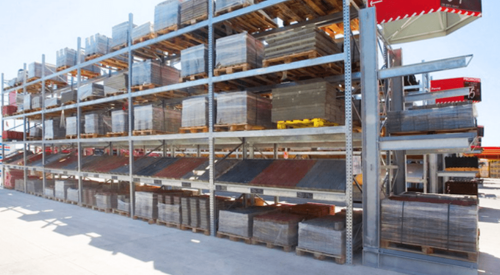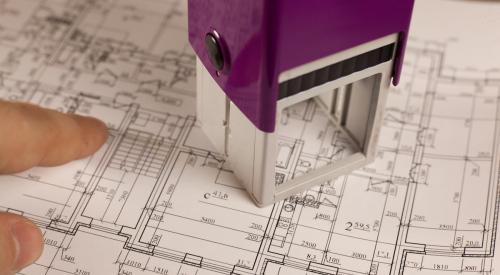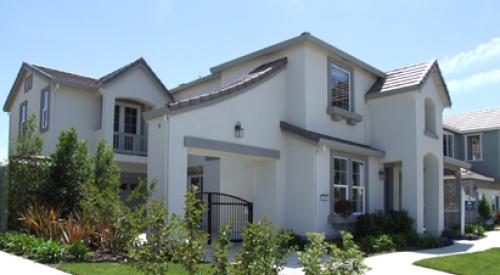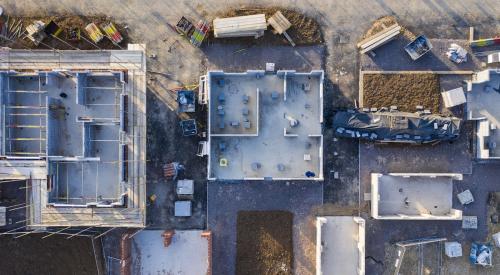|
|||||||||||||||||||||||||||||||||||||||||||||||||||||||||||
May 2000 total housing starts were at a seasonally-adjusted annualized level of 1.592 million units, down 3.9% from the April total and 3.5% lower than during May of 1999.
Single-family homes were started at a 1.250 million annualized rate during May 2000, 13.3% below the peak level recorded during the final month of last year. This was 5.4% lower than a month earlier, and 8.6% below the level of single-family market activity registered during May 1999. Starts in multifamily buildings came in at an annualized rate of 342,000 units during this May, up 2.1% from the month before and 21.7% higher than the extremely low level recorded during May 1999.
Total starts through the first five months of 2000 were estimated at 617,300 units - a negligible 0.1% drop from the total for January-May 1999. Through May 2000, single-family starts had faded to a level 2.0% below the five-month-1999 total, but the number of units started in multifamily buildings was up 7.9% from a year earlier.
Although no significant slowdown in overall housing market activity is apparent in the latest starts report, an analysis of longer-term trends does provide evidence that at least the single-family sector of the overall market has been impacted by higher mortgage rates and greater uncertainty about the future pace of personal income growth. Homes sales figures - which cover only the single-family side of the market - weakened considerably over the first third of this year. This isn't surprising given the fact that mortgage interest rates are considerably higher now than they were at this time last year. The average rate for a 30-year fixed-rate mortgage during May 1999 was 7.15%; by May of this year, fixed-rate mortgages were carrying an average interest charge of 8.52%.
Regionally, two of the four regions of the country recorded declines in housing starts between April and May of 2000. The starts pace in the Midwest fell 8.9% over the month, while overall starts in the West plunged 13.6% to their lowest annualized level since last October. But total starts in the South increased by 2.8% over the month (though remaining at their second-lowest level in the past 7 months), and the number of new homes starts in the Northeast moved ahead 5.6% between April and May.
Through the first 5 months of 2000, total starts were running a slight 0.2% below the January-May 1999 in the West region and 2.4% behind the year-ago pace in the South. But total starts so far this year have increased 1.1% in the Northeast and 5.6% in the Midwest - almost enough to pull the nationwide starts total even with the level recorded during January-May 1999.
Although starts have held up reasonably well so far this year, though, building permit trends signal more clearly the market's loss of momentum. The number of permits issued for new single- or multifamily units during May 2000 was 4.3% lower than the month before - and a sharp 9.0% below the total recorded during May 1999. Through the first five months of this year, 2.2% fewer permits have been issued than during January-May 1999. Mirroring the year-to-date trend in starts, permit volume is up slightly so far this year in the Northeast and the Midwest, but off significantly in the South and essentially flat in the West.
Also See:
Building Materials Price Inflation
Consumer Confidence by Region
New Residential Building Permits by Region
Recent Trends In New Residential Permits for 1999’s Top 25 Metro Areas











